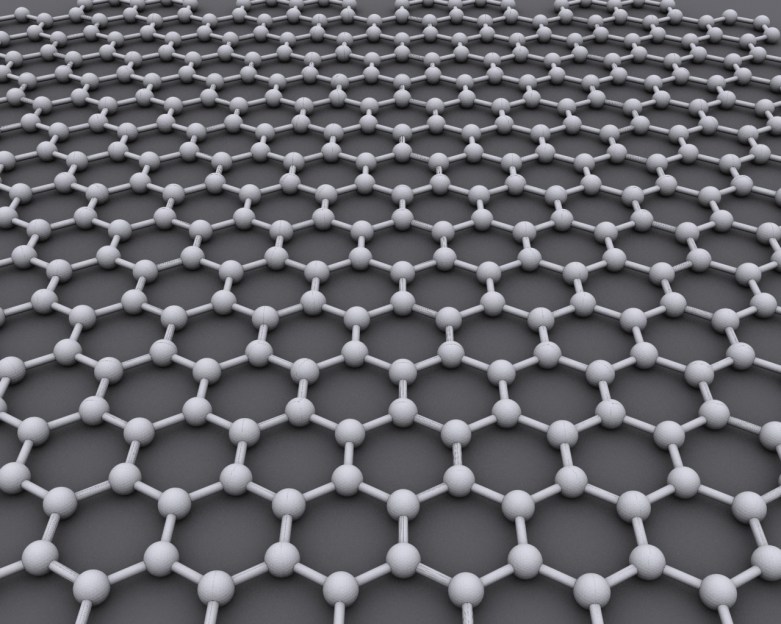Individual isotopes measured in exoplanet atmosphere for first time
Astronomers have counted the number of neutrons inside carbon atoms from 2.8 quadrillion km away. The team managed to measure the ratios of carbon isotopes in the atmosphere of an exoplanet for the first time, which can tell us about how it formed.Cont… Continue reading Individual isotopes measured in exoplanet atmosphere for first time
